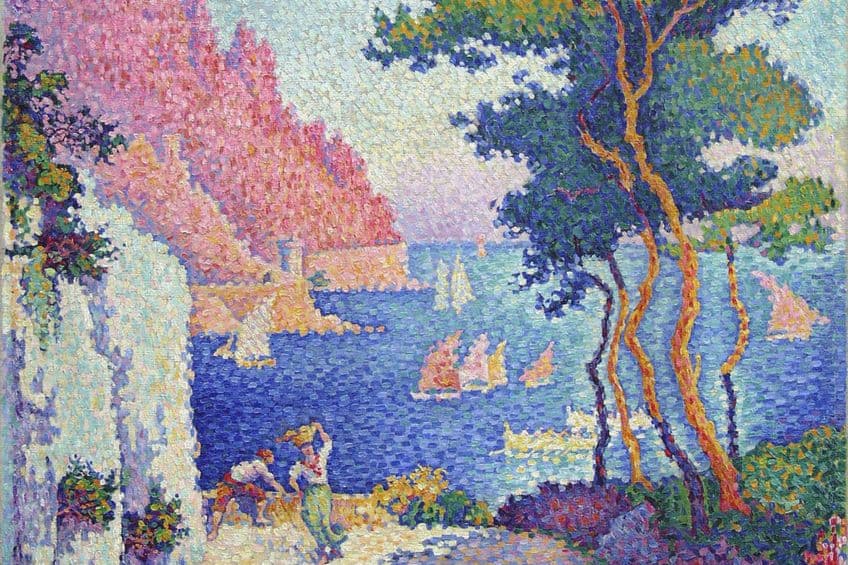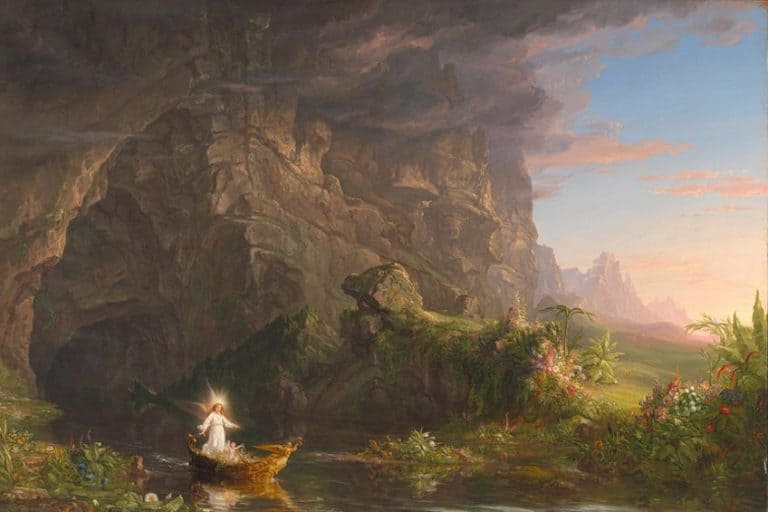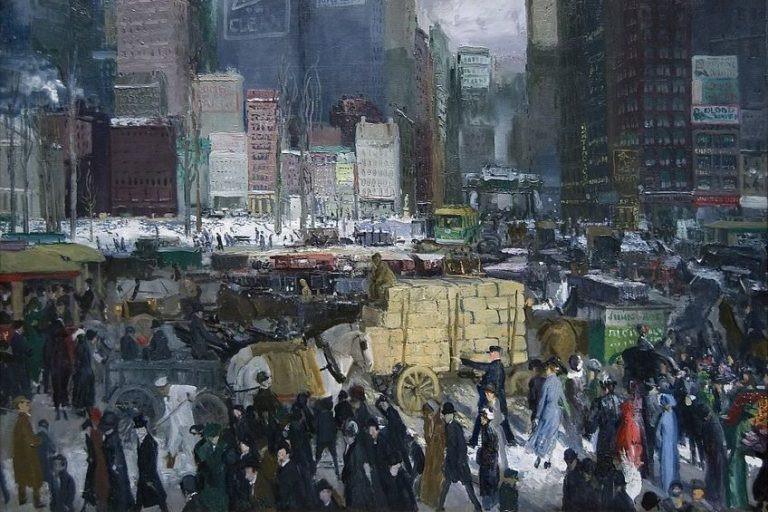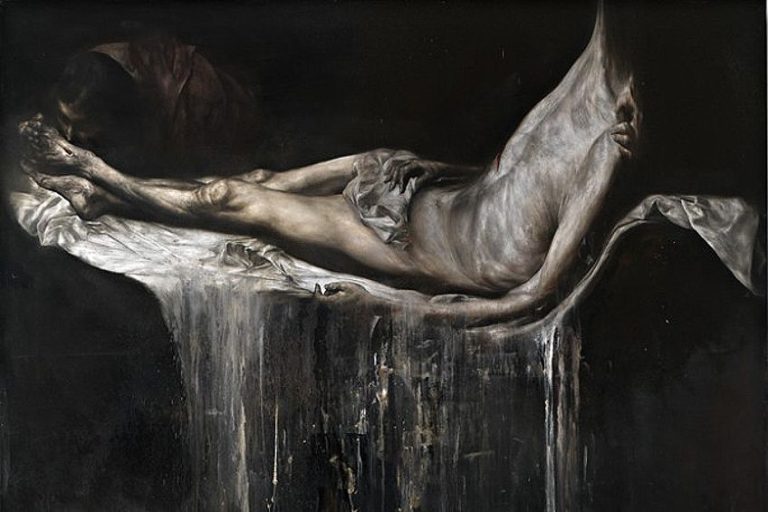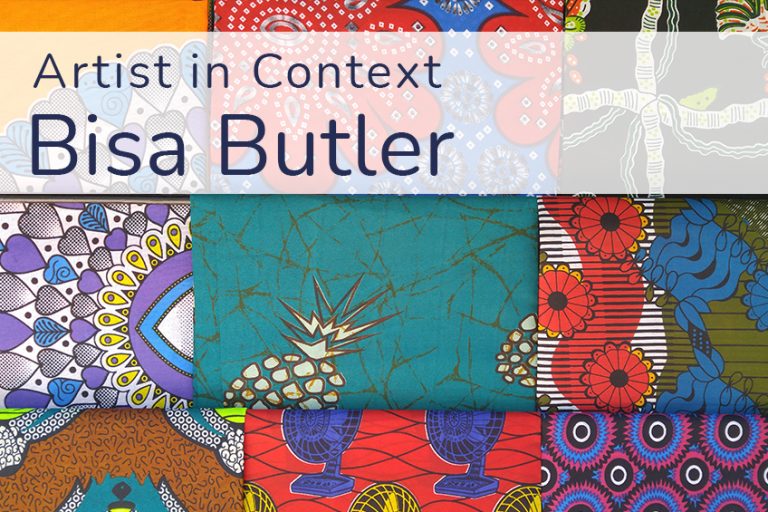Pointillism Artists – A World Dotted With Artistic Beauty
Welcome to a vibrant world where dots dance upon canvases to create masterpieces that mesmerize and captivate. Pointillism, a revolutionary artistic technique pioneered in the late 19th century, introduced a new way of seeing and experiencing art. Join us as we embark on a journey through the top Pointillism artists whose meticulous dots and dashes transformed the art world. From the luminous landscapes of Georges Seurat to the enchanting compositions of Paul Signac, these visionaries wielded their brushes like maestros, orchestrating a symphony of color and light with each carefully placed dot. Prepare to be dazzled as we explore the kaleidoscopic wonders crafted by the masters of Pointillism!
What Is Pointillism?
Pointillism is a distinctive painting technique developed in the late 19th century, notably associated with artists Georges Seurat and Paul Signac. The technique involves applying small, distinct dots of color to a surface, which, when viewed from a distance, blend to create an image. These dots are carefully placed in patterns and densities to achieve specific visual effects, such as depth, texture, and luminosity.
Pointillism is rooted in the principles of optical color mixing, where the juxtaposition of individual dots of pure color produces the sensation of blended hues in the viewer’s eye.
This technique relies on the observer’s perception to merge the dots into cohesive forms and compositions. Beyond its technical aspects, Pointillism represents a departure from traditional brushwork and a bold exploration of light, color theory, and the subjective nature of visual experience. It stands as a testament to the innovation and experimentation that characterized the avant-garde movements of the late 19th century.
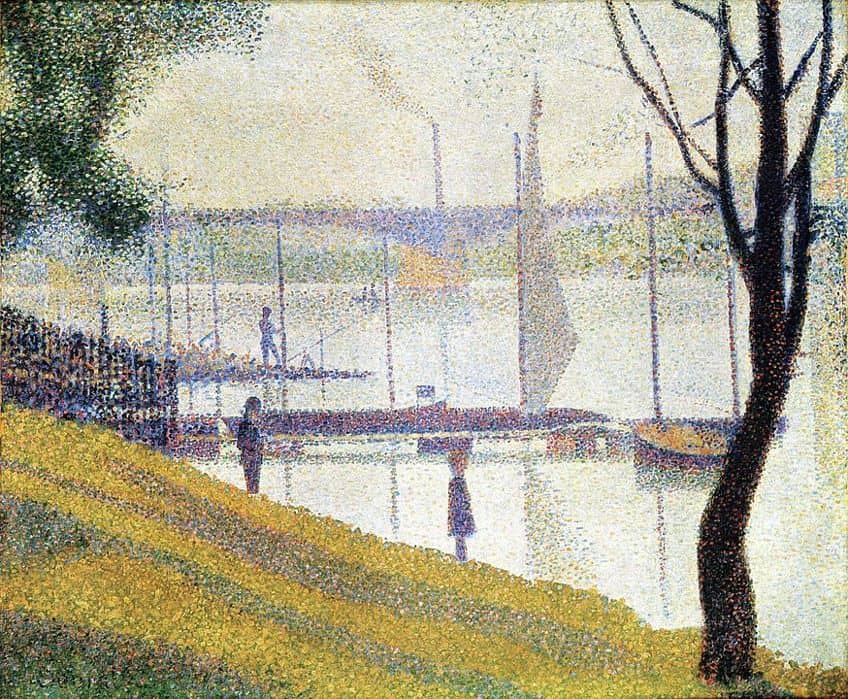
Furthermore, Pointillism emerged as a reaction against the prevailing artistic conventions of the time, particularly the more gestural and subjective techniques of Impressionism. Advocates of Pointillism sought to bring scientific rigor to their craft, employing meticulous planning and methodical execution in their work. By breaking down images into discrete points of color, Pointillist artists aimed to achieve a heightened sense of luminosity and vibrancy in their compositions.
Beyond its technical aspects, Pointillism also carried philosophical implications, challenging notions of perception and representation in art. The movement’s emphasis on the viewer’s active engagement with the artwork underscored the subjective nature of visual experience, inviting contemplation and interpretation.
In this way, Pointillism transcended mere technique, becoming a lens through which to explore the complexities of human vision and the ever-shifting interplay between light, color, and form.
Top 10 Pointillism Artists to Know
Dive into the kaleidoscopic world of Pointillism with our curated selection of the top artists who shaped this mesmerizing movement. From the pioneering techniques of Georges Seurat to the vibrant canvases of Paul Signac, these luminaries transformed the art landscape with their meticulous dots and dashes. Join us as we explore the innovative visionaries whose contributions continue to captivate and inspire generations of art enthusiasts.
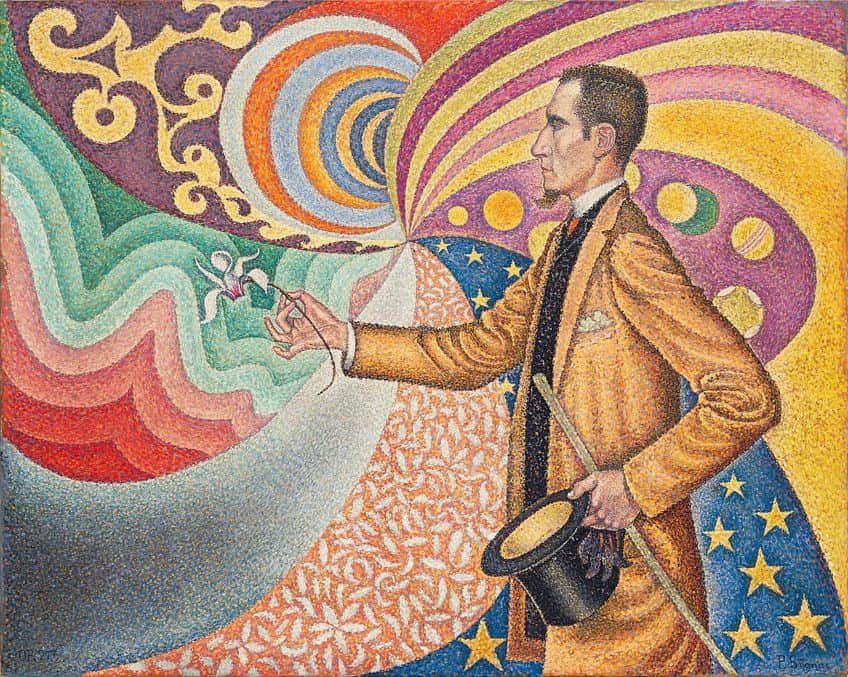
Camille Pissarro (1830 – 1903)
| Birth | July 10, 1830 |
| Death | November 13, 1903 |
| Place of Birth | Charlotte Amalie, Saint Thomas, Danish West Indies (now U.S. Virgin Islands) |
| Genre of Work | Impressionism, Post-Impressionism |
| Notable Artworks |
|
While primarily associated with Impressionism, Pissarro also experimented with Pointillism later in his career. His transition to Pointillism marked a departure from his earlier style, as he embraced the technique’s emphasis on structure and form. Pissarro’s contributions to Pointillism lie in his unique interpretation of the style.
He blends elements of both Impressionism and Neo-Impressionism to create richly textured landscapes and scenes of everyday life.
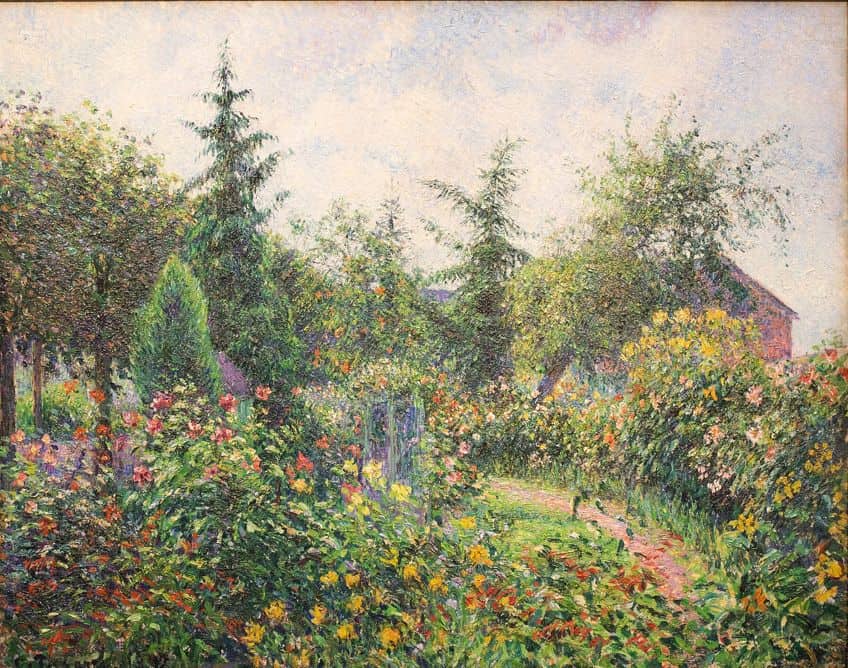
Albert Dubois-Pillet (1846 – 1890)
| Birth | October 28, 1846 |
| Death | October 18, 1890 |
| Place of Birth | Paris, France |
| Genre of Work | Impressionism, Neo-Impressionism |
| Notable Artworks |
|
Albert Dubois-Pillet was among the pioneering figures of Pointillism, contributing to the movement’s early development alongside Seurat and Signac. His paintings often depict serene landscapes and rural scenes, showcasing his adeptness at capturing the play of light and color.
Dubois-Pillet’s dedication to Pointillism helped solidify its position as a significant artistic movement in late 19th-century France.

Charles Angrand (1854 – 1926)
| Birth | April 19, 1854 |
| Death | April 1, 1926 |
| Place of Birth | Criquetot-l’Esneval, France |
| Genre of Work | Neo-Impressionism, Pointillism |
| Notable Artworks |
|
Charles Angrand was a French Neo-Impressionist painter known for his contemplative landscapes and intimate portraits executed in the Pointillist style. His compositions, characterized by their precision and sensitivity, reveal a deep understanding of color theory and composition. Angrand’s contributions to Pointillism lie in his ability to infuse his paintings with emotion and atmosphere.
He elevates the genre beyond mere technical experimentation.
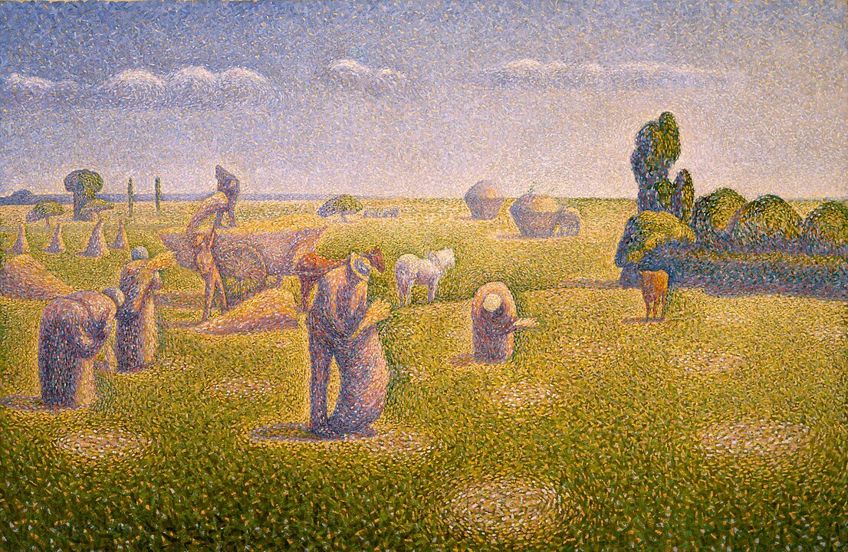
Hippolyte Petitjean (1854 – 1929)
| Birth | April 11, 1854 |
| Death | December 18, 1929 |
| Place of Birth | Macon, France |
| Genre of Work | Pointillism, Post-Impressionism |
| Notable Artworks |
|
Hippolyte Petitjean was a French Pointillist painter recognized for his vibrant and atmospheric landscapes. Inspired by the works of Seurat and Signac, Petitjean developed his distinctive style characterized by rhythmic brushwork and harmonious color combinations. His contributions to Pointillism helped broaden the movement’s scope.
He showcases its versatility in capturing a diverse range of subjects and moods.

Henri-Edmond Cross (1856 – 1910)
| Birth | May 20, 1856 |
| Death | May 16, 1910 |
| Place of Birth | Douai, France |
| Genre of Work | Neo-Impressionism, Pointillism |
| Notable Artworks |
|
Henri-Edmond Cross was a French painter celebrated for his radiant landscapes and seascapes executed in the Pointillist style. He embraced Pointillism as a means to capture the essence of light and atmosphere, infusing his canvases with a sense of tranquility and harmony. Cross’s innovative use of color and composition influenced subsequent generations of artists.
He paved the way for the continued evolution of Pointillism.
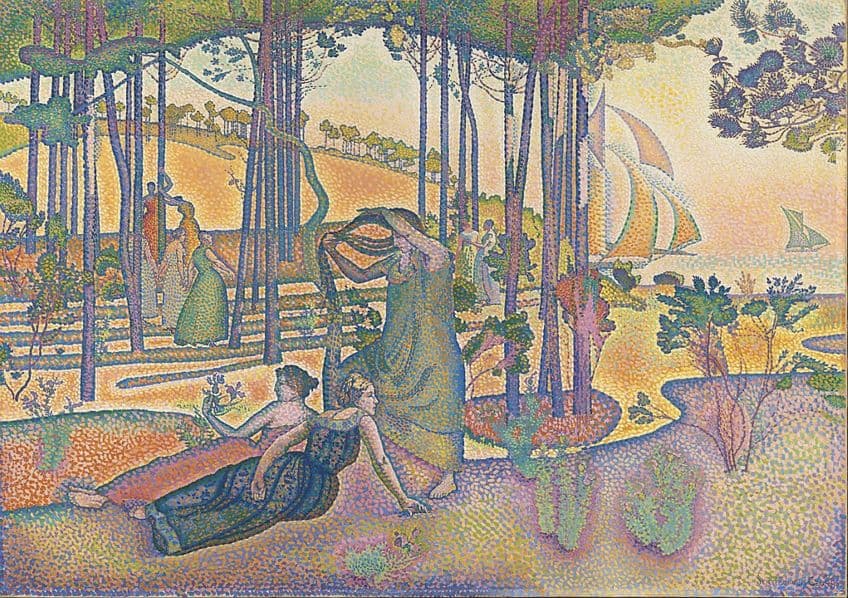
Maximilien Luce (1858 – 1941)
| Birth | March 13, 1858 |
| Death | February 6, 1941 |
| Place of Birth | Paris, France |
| Genre of Work | Neo-Impressionism, Pointillism, Divisionism |
| Notable Artworks |
|
Luce was a prolific Pointillist painter known for his depictions of bustling cityscapes and social scenes. His bold use of color and dynamic compositions captured the energy and vitality of modern urban life. Luce’s work reflects the social consciousness of the time, as he often depicted scenes of labor strikes and political activism.
This imbued his Pointillist paintings with a sense of urgency and social commentary.

Georges Seurat (1859 – 1891)
| Birth | December 2, 1859 |
| Death | March 29, 1891 |
| Place of Birth | Paris, France |
| Genre of Work | Post-Impressionism, Pointillism |
| Notable Artworks |
|
Seurat is considered the founder of Pointillism and is renowned for his meticulous application of tiny dots to create intricate compositions. His masterpiece “A Sunday Afternoon on the Island of La Grande Jatte” epitomizes the Pointillist technique, demonstrating his mastery of color and light.
Seurat’s scientific approach to color theory, particularly his use of complementary colors to enhance luminosity, revolutionized the way artists approached painting.
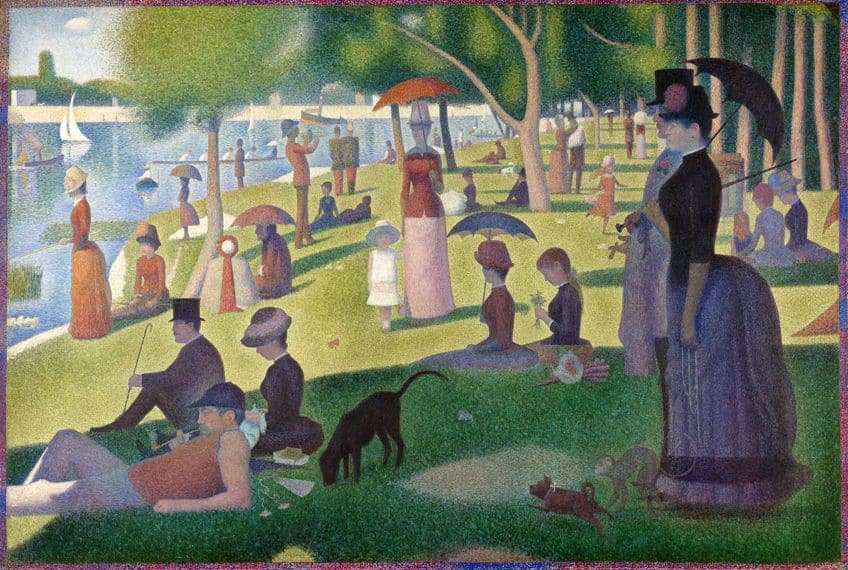
Theo van Rysselberghe (1862 – 1926)
| Birth | November 23, 1862 |
| Death | December 13, 1926 |
| Place of Birth | Ghent, Belgium |
| Genre of Work | Pointillism, Neo-Impressionism |
| Notable Artworks |
|
A Belgian painter, van Rysselberghe was deeply influenced by the Pointillist principles of color and light. His works, characterized by their luminous color palette and meticulous attention to detail, exemplify the elegance and refinement of the Pointillist style. Van Rysselberghe’s contributions to Pointillism extend beyond his paintings; he was also instrumental in organizing exhibitions and fostering dialogue among Pointillist artists.
This helped to solidify the movement’s place in art history.

Paul Signac (1863 – 1935)
| Birth | November 11, 1863 |
| Death | August 15, 1935 |
| Place of Birth | Paris, France |
| Genre of Work | Post-Impressionism, Pointillism |
| Notable Artworks |
|
Signac was a key figure in the Pointillist movement and a close associate of Georges Seurat. He expanded upon Seurat’s techniques, experimenting with larger brushstrokes and brighter colors to create vibrant, dynamic compositions. Signac’s dedication to Pointillism extended beyond his artwork.
He also played a crucial role in promoting the movement through his writings and advocacy.

Henri Matisse (1869 – 1954)
| Birth | December 31, 1869 |
| Death | November 3, 1954 |
| Place of Birth | Le Cateau-Cambrésis, France |
| Genre of Work | Fauvism, Modernism |
| Notable Artworks |
|
Although best known for his later contributions to Fauvism and modern art, Henri Matisse experimented with Pointillism early in his career. Under the influence of artists like Signac and Cross, Matisse explored the technique’s potential for creating vibrant, expressive compositions. While he ultimately moved away from strict Pointillism, Matisse’s brief foray into the style demonstrates its enduring impact on the development of his artistic vision.
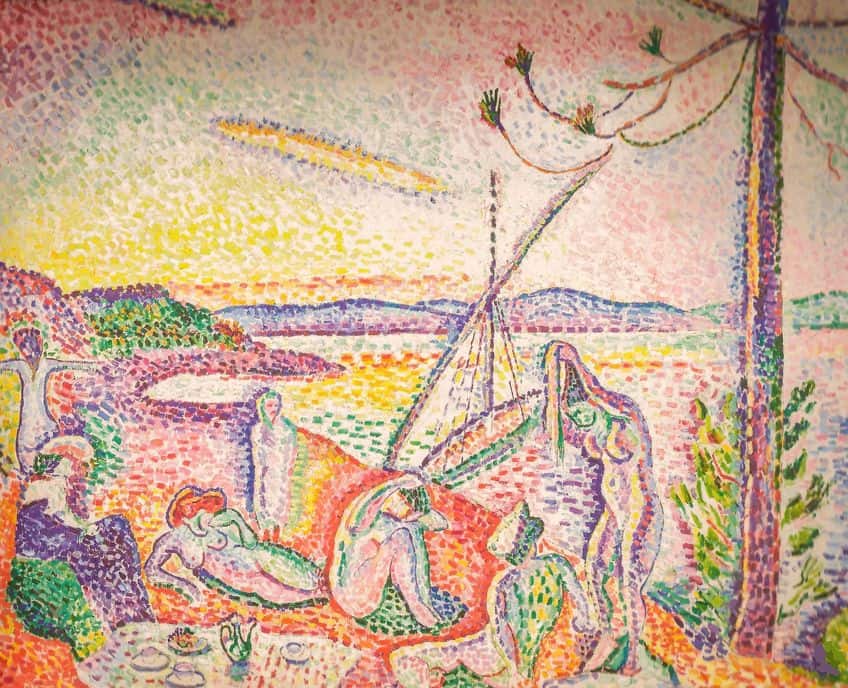
As we conclude our exploration of the top Pointillism artists, one cannot help but marvel at the enduring legacy they have left on the canvas of art history. Through their innovative techniques and unwavering dedication, Georges Seurat, Paul Signac, and their contemporaries have woven a tapestry of color and light that continues to inspire and enthrall generations of art enthusiasts. From the shimmering shores of the Mediterranean to the bustling streets of Paris, Pointillism has transported us to worlds both real and imagined, inviting us to see the world anew through the lens of a myriad of dots. As we bid adieu to these luminaries, let us carry forward their spirit of experimentation and boundless creativity, for in the realm of art, the journey of discovery never truly ends.
Frequently Asked Questions
Who Were the Key Figures in Pointillism?
Georges Seurat and Paul Signac are considered the primary figures in the development of Pointillism. Seurat’s meticulous approach to color theory and Signac’s advocacy and experimentation helped define the movement.
What Subjects Did Pointillist Artists Commonly Depict?
Pointillist artists depicted a wide range of subjects, including landscapes, cityscapes, portraits, and scenes of everyday life. They were particularly interested in capturing the effects of light and atmosphere in their works.
Isabella studied at the University of Cape Town in South Africa and graduated with a Bachelor of Arts majoring in English Literature & Language and Psychology. Throughout her undergraduate years, she took Art History as an additional subject and absolutely loved it. Building on from her art history knowledge that began in high school, art has always been a particular area of fascination for her. From learning about artworks previously unknown to her, or sharpening her existing understanding of specific works, the ability to continue learning within this interesting sphere excites her greatly.
Her focal points of interest in art history encompass profiling specific artists and art movements, as it is these areas where she is able to really dig deep into the rich narrative of the art world. Additionally, she particularly enjoys exploring the different artistic styles of the 20th century, as well as the important impact that female artists have had on the development of art history.
Learn more about Isabella Meyer and the Art in Context Team.
Cite this Article
Isabella, Meyer, “Pointillism Artists – A World Dotted With Artistic Beauty.” Art in Context. February 28, 2024. URL: https://artincontext.org/pointillism-artists/
Meyer, I. (2024, 28 February). Pointillism Artists – A World Dotted With Artistic Beauty. Art in Context. https://artincontext.org/pointillism-artists/
Meyer, Isabella. “Pointillism Artists – A World Dotted With Artistic Beauty.” Art in Context, February 28, 2024. https://artincontext.org/pointillism-artists/.


